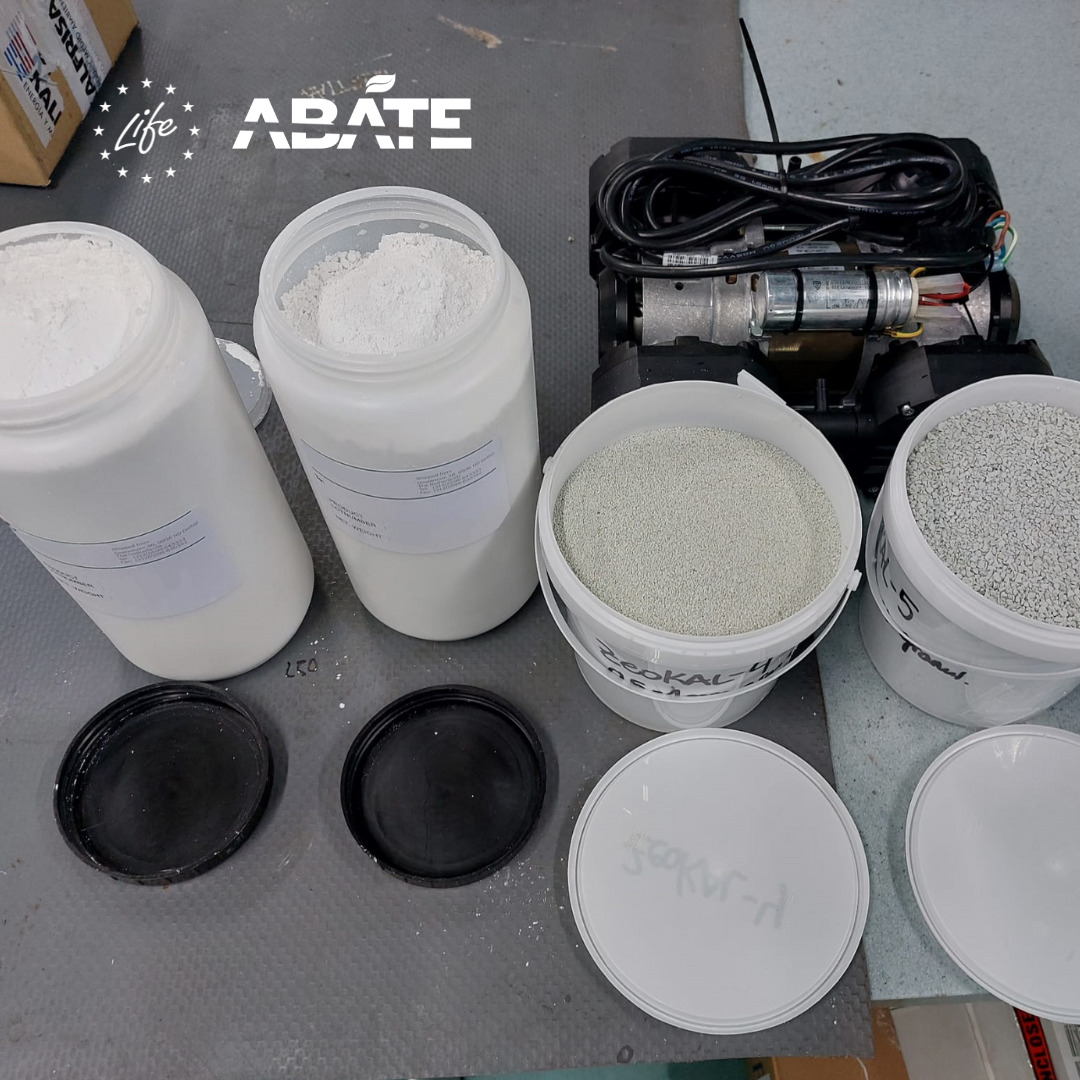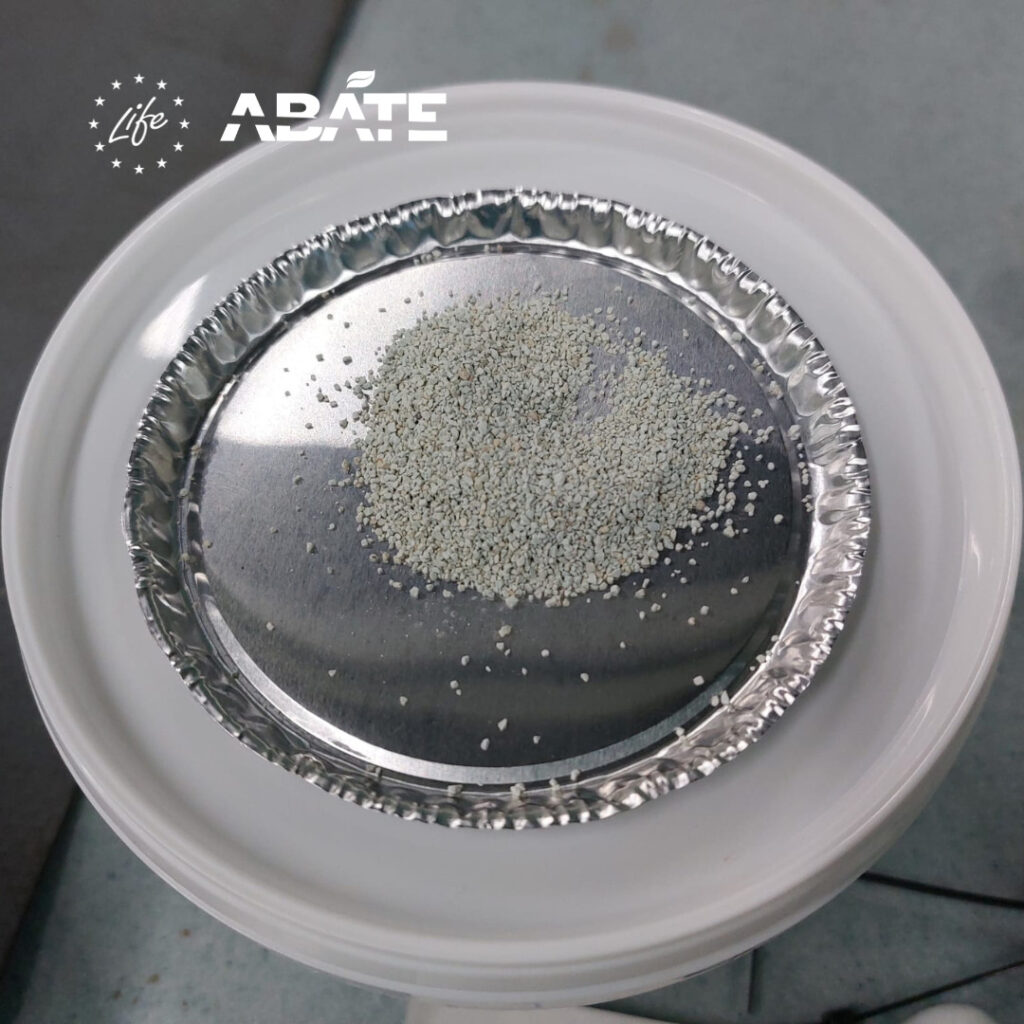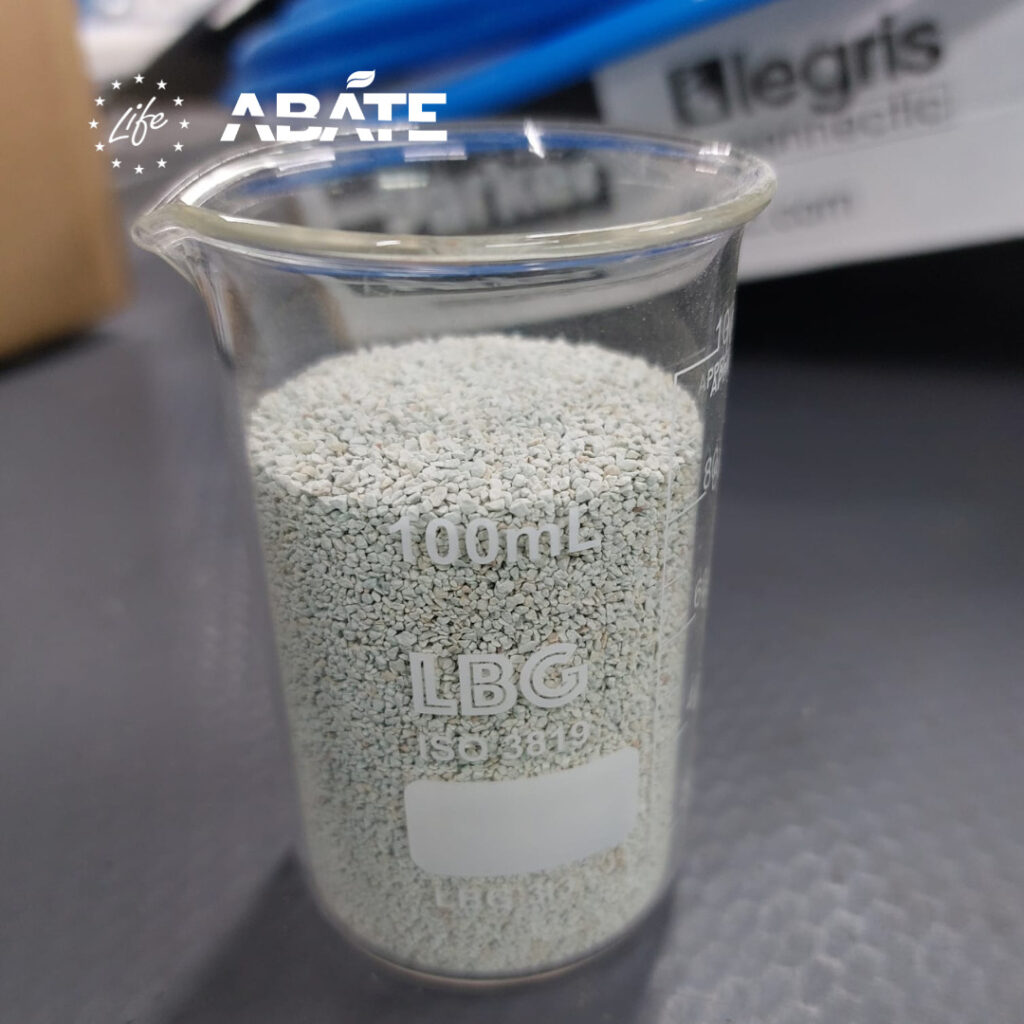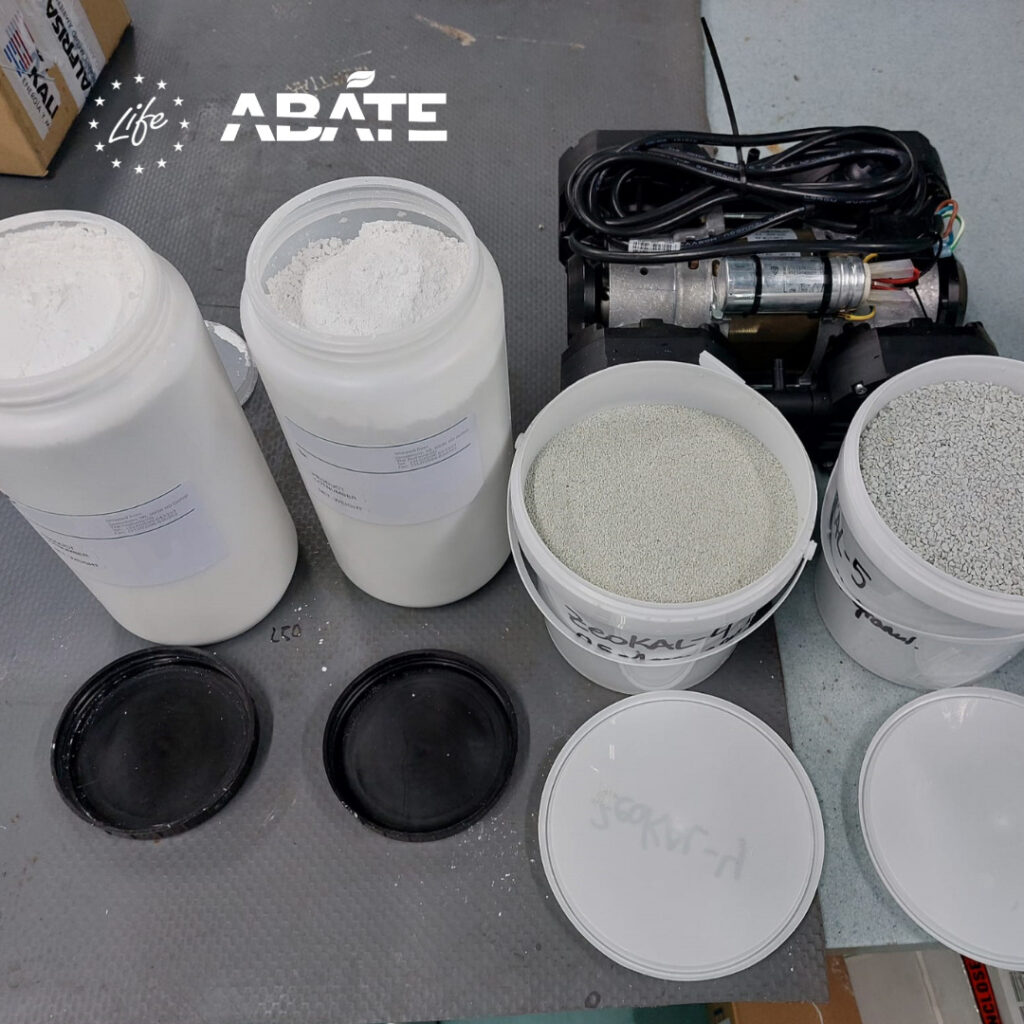The first location where the LIFE ABATE solution will be demonstrated will be the municipal waste treatment plant of the Ecoparc of Sant Adrià de Besòs or Ecoparc 3 (Barcelona). Currently, this facility treats the organic matter from the residual waste fraction (grey container).

One of the preliminary tasks is the characterisation of the volatile organic compounds (VOCs), present in the facility’s pretreatment warehouse. These characterisations will allow the zeolites for the rotoconcentrator to be chosen, taking into account the composition of the emissions to be treated, the specific odorants of the activity, and the compounds that may be more toxic to human health.
Zeolites are microporous minerals with a unique structure and chemical composition, they have exceptional properties. They belong to the group of aluminosilicates (tectosilicates) and are mainly composed of silicon and aluminium tetrahedra linked by oxygen, forming a three-dimensional crystalline structure with a network of regular channels and cavities, which allows their surface area to exceed 1000 m2/g, have great specificity, high thermal stability, commercial availability, and low cost.
Then, the first characterisation was carried out in November of last year using active collection with a portable pump and the support used was ORBO-type activated carbon tubes. The analysis methodology used was solvent desorption and subsequent high-resolution gas chromatography coupled to a mass detector. The technicians assigned to the project took the samples and these were taken to the Cromlab laboratory for analysis. For the semi-quantitative analysis of VOCs with carbon chains greater than 6 units, carbon disulphide was used as the desorption solvent and for VOCs with less than 6 carbons, o-Xylene was used.
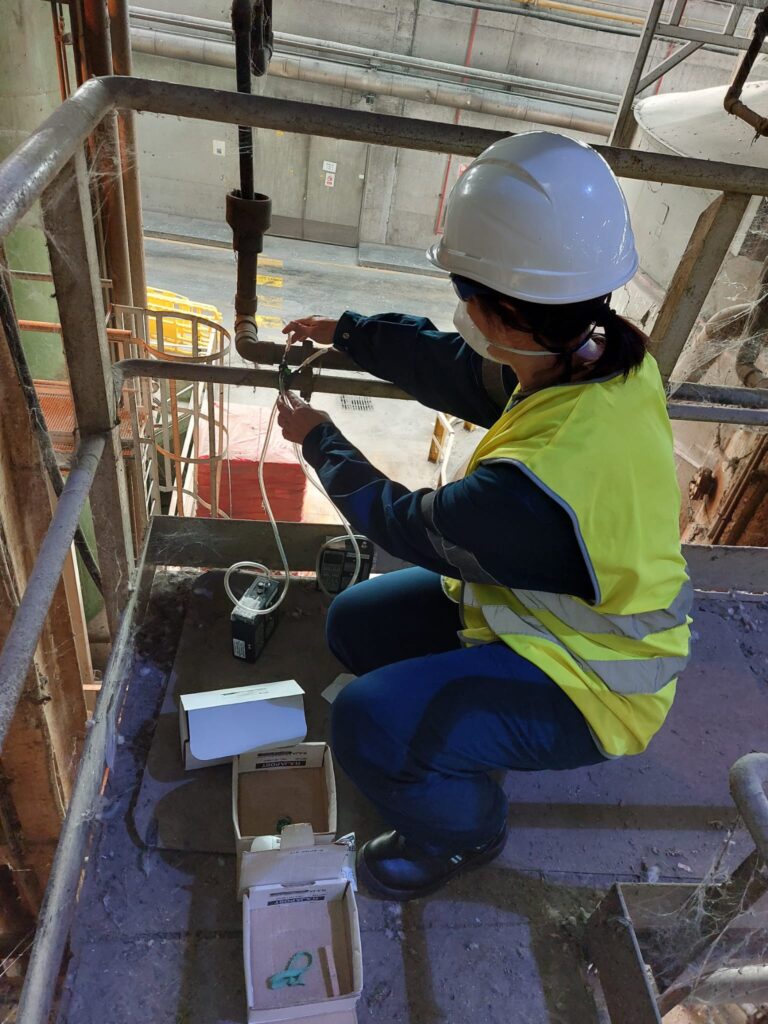
Subsequently, two more VOC characterisations of the Ecoparc 3 pretreatment warehouse were carried out, both in January of this year. The Environment Centre Laboratory (LCMA, Department of Chemical Engineering, Universitat Politècnica de Catalunya) was hired to do these characterisations. VOC capture was carried out through dynamic air sampling, but in this case, to gain specificity in the results, solid multilayer adsorbent tubes Carbotrap (20/40 mesh, 70 mg), Carbopack X (40/60 mesh, 100 mg), and Carboxen 569 (20/45 mesh, 90 mg) were used as support.
During February, VOC concentration tests were carried out in the air at Ecoparc 3 on different types of zeolites provided by their manufacturers. The VOC adsorption/desorption process based on zeolites has already been applied on an industrial scale in other industrial sectors such as automotive painting lines, rotoprinting, etc., although mechanical-biological treatment for management has never been implemented in a waste facility before.
The first results show that zeolites have a great adsorption capacity for alcohols, aliphatic hydrocarbons, aromatic hydrocarbons, cyclic hydrocarbons, esters, ketones, and terpenes. However, the tests continue in the laboratory of the University of Valladolid to choose the zeolite or mixture thereof that is optimal for the project.
You can learn more about the LIFE ABATE project at https://lifeabate.amb.cat.
